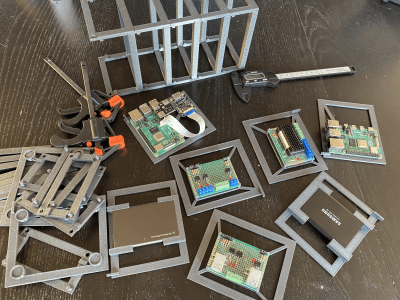A great many PlayStation 2 games were coded in C++, and there are homebrew SDKs that let you work in C. However, precious little software for the platform was ever created in Golang. [Ricardo] decided this wouldn’t do, and set about making the language work with Sony’s best-selling console of all time.
Why program a PS2 in Go? Well, it can be easier to work with than some other languages, but also, there’s just value in experimenting in this regard. These days, Go is mostly just used on traditional computery platforms, but [Ricardo] is taking it into new lands with this project.
One of the challenges in getting Go to run on the PS2 is that the language was really built to live under a full operating system, which the PS2 doesn’t really have. However, [Ricardo] got around this by using TinyGo, which is designed for compiling Go on simpler embedded platforms. It basically takes Go code, turns it into an intermediate representation, then compiles binary code suitable for the PS2’s Emotion Engine (which is a MIPS-based CPU).
The specifics of getting it all to work are quite interesting if you fancy challenges like these. [Ricardo] was even able to get to an effective Hello World point and beyond. There’s still lots to do, and no real graphical fun yet, but the project has already passed several key milestones. It recalls us of when we saw Java running on the N64. Meanwhile, if you’re working to get LOLCODE running on the 3DO, don’t hesitate to let us know!



 coding easy to do without a lot of extra work. [Lukasz] says regarding the
coding easy to do without a lot of extra work. [Lukasz] says regarding the 












